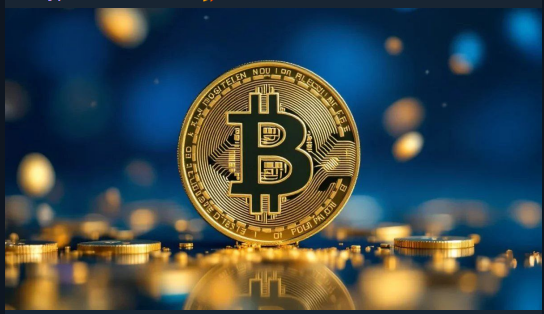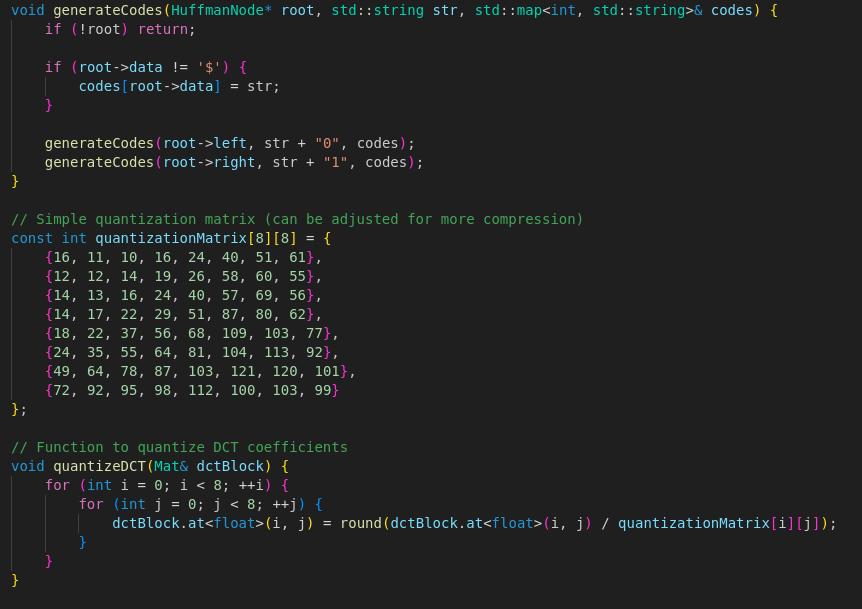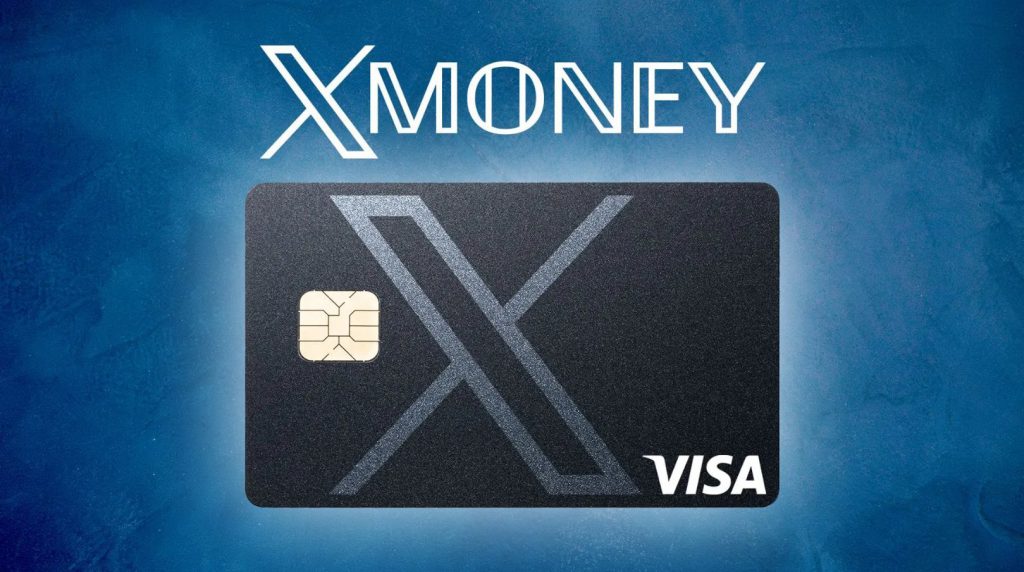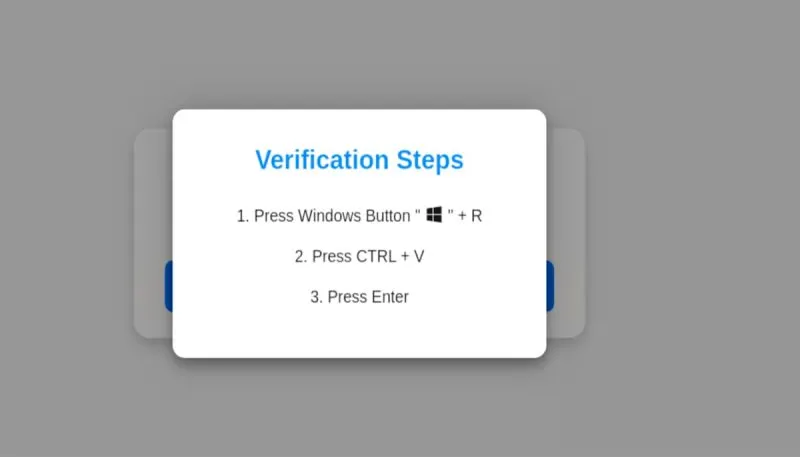Is Tiktok Really Back In The U.S., Or Is It Just A Matter Of Time?

The world of social media is buzzing after TikTok's dramatic suspension and its subsequent, albeit temporary, return in the United States.
The rollercoaster ride began when ByteDance, TikTok’s China-based parent company, refused to comply with a U.S. Supreme Court ruling requiring it to divest its American operations.
As of January 18, 2025, TikTok ceased operations in the U.S., only to spark a glimmer of hope with a potential solution days later. But is this return permanent, or is TikTok living on borrowed time?
Why TikTok Faced the Ban
The TikTok controversy stems from growing concerns over data privacy and national security. U.S. lawmakers argued that ByteDance’s ties to the Chinese government posed a risk of surveillance and data misuse.
After years of debates and legal battles, the Supreme Court mandated that ByteDance sell its U.S. operations by January 19, 2025. ByteDance’s refusal led to the app’s suspension, leaving its 170 million U.S. users and thousands of content creators stranded.
Economic and Social Aftershocks
TikTok’s suspension sent ripples through the economy and social media landscape:
-
Creators and Businesses Take a Hit
Top influencers like Charli D'Amelio and Bella Poarch face millions in potential losses as the platform was a primary source of their income. Similarly, small businesses that relied on TikTok for advertising and customer engagement now face a marketing vacuum. In 2024 alone, TikTok contributed $24.2 billion to the U.S. economy, making its absence profoundly impactful.
-
Users Fight to Stay Connected
Many users turned to VPNs to bypass restrictions, but TikTok’s efforts to block access from U.S.-based accounts made this solution largely ineffective. Social media saw an outpouring of grief, with some users hosting mock funerals for the beloved app.
A Temporary Reprieve?
In a surprising turn of events, President-elect Donald Trump intervened, proposing a delay in the ban. He suggested a joint venture structure where U.S. investors could own 50% of TikTok, a stark contrast to his earlier hardline stance. This development restored TikTok services temporarily, offering a lifeline to users and businesses.
However, this is far from a resolution. TikTok’s long-term survival in the U.S. hinges on ByteDance’s willingness to address national security concerns through restructuring or divestiture.
What’s Next for TikTok?
As TikTok’s future remains uncertain, it’s clear that the app is more than just a platform; it’s a cultural and economic powerhouse. The ban has highlighted the challenges of navigating global politics in the digital age, with technology often caught in the crossfire.
For now, TikTok is back, but the question lingers: how long will it last? As negotiations unfold, the app’s millions of users and thousands of businesses watch closely, hoping for a more permanent resolution.





















Comments
This is a nice post
true, but i dont think this is longterm